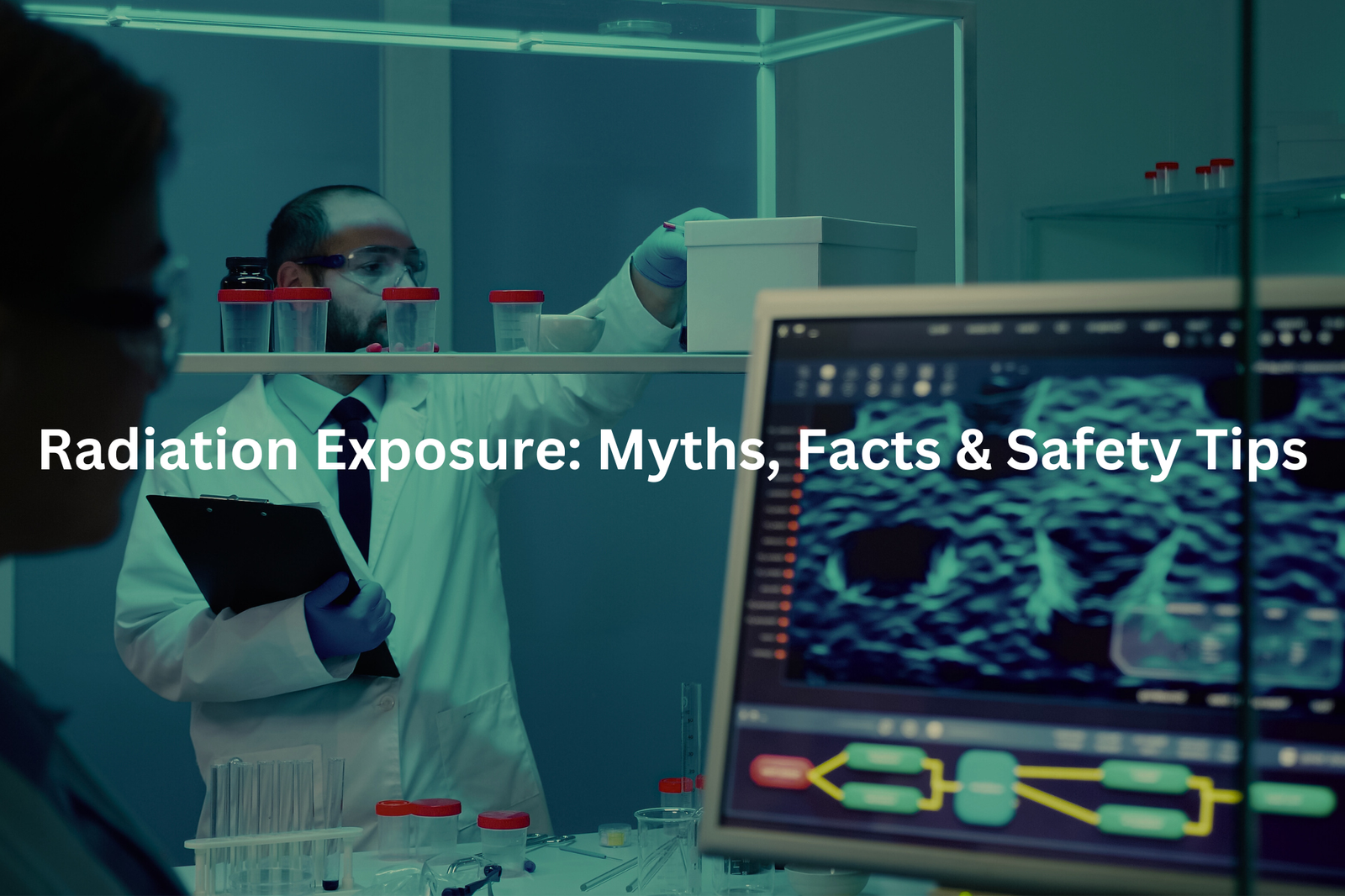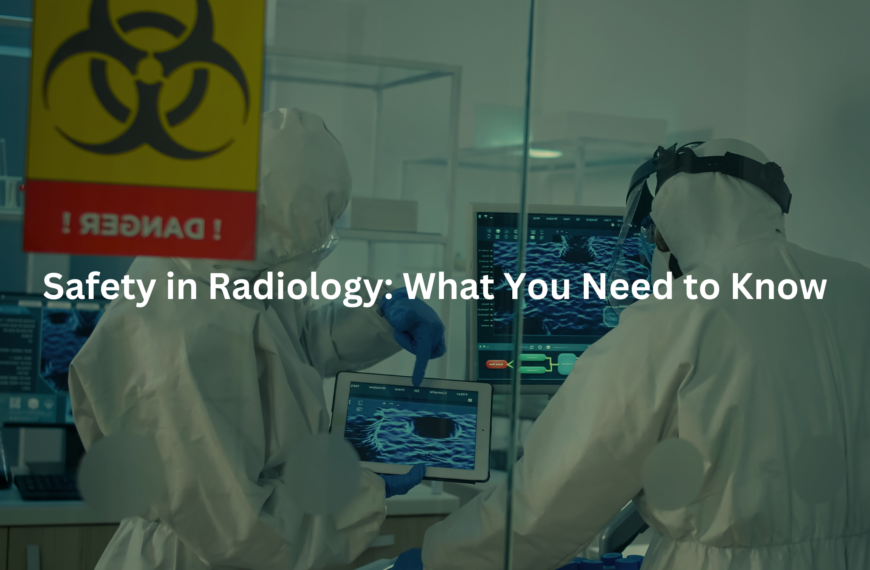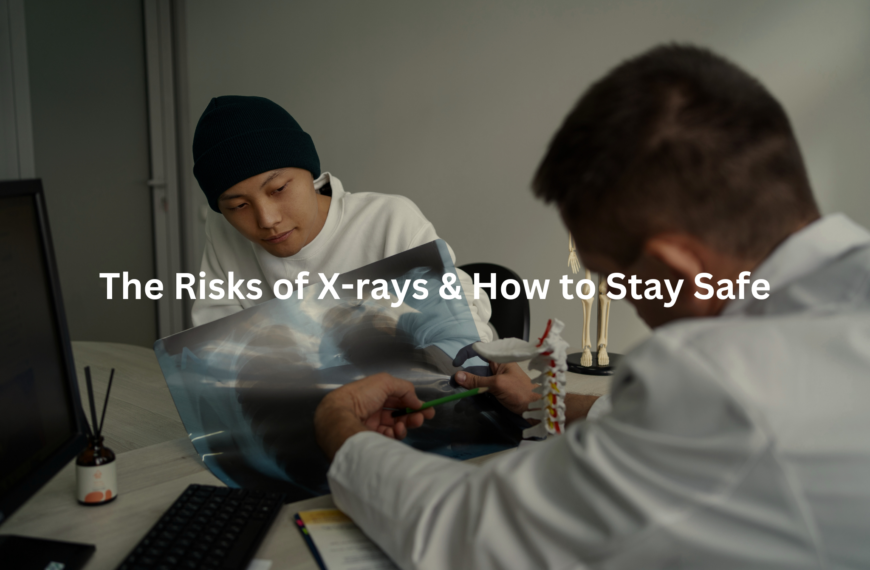Worried about radiation exposure from medical scans? Discover what’s fact, what’s myth & how to stay safe with X-rays and CT scans.
Radiation exists all around us, from the morning sunlight to the rocks beneath our feet. Medical scans (X-rays and CT scans) use controlled amounts of radiation to help doctors see inside the body. A chest X-ray gives about the same radiation as three days in the sunshine. The human body can handle small amounts of radiation without harm.
Medical professionals follow strict rules to keep patients safe during scans. They use lead shields and only order tests when needed. Keep reading to learn how to stay safe and protect your loved ones from radiation risks.
Key Takeaway
- X-rays and CT scans can expose you to radiation, but safety measures can help.
- Understanding the ALARA principle can keep your exposure as low as possible.
- Knowing the truth about radiation myths can help ease your worries.
Risks of X-rays
X-rays create ghostly images of bones and organs through radiation, helping doctors spot problems beneath the skin. These medical scans work by sending radiation beams through the body (measured in millisieverts or mSv), capturing detailed pictures of what lies underneath.
A single chest X-ray delivers about 0.1 mSv, similar to 10 days of natural background radiation. CT scans pack a bigger punch at 10 mSv or more. The radiation from these scans adds up over time, which doctors call cumulative exposure.
Medical professionals consider three key factors for safer X-ray use:
• Necessity – determining if an X-ray is the best diagnostic tool
• Patient history – tracking previous radiation exposure
• Protection – using lead shields to guard sensitive areas
Children need extra care since they’re more sensitive to radiation. While X-rays remain crucial for diagnosing injuries and illness, healthcare providers carefully weigh the benefits against potential risks before ordering scans(1). Doctors recommend keeping a record of medical imaging to help track lifetime exposure.
Radiation Safety
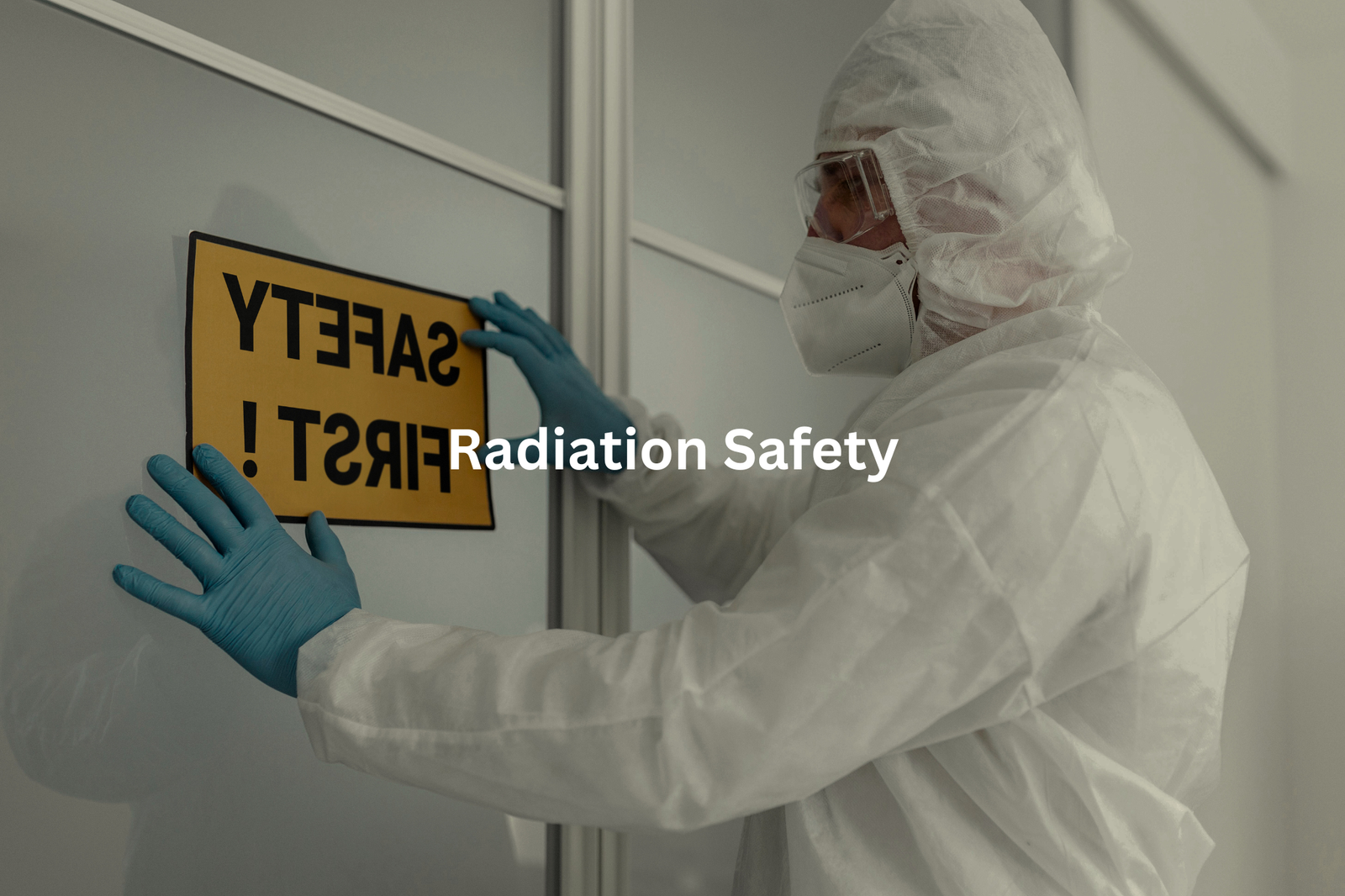
Radiation moves through hospital corridors like an unseen force, demanding strict rules and careful handling. Medical staff treat it with measured respect, following the ALARA principle – As Low As Reasonably Achievable.
Australian hospitals manage radiation exposure through three key methods:
Distance: Radiation strength drops with distance (following the inverse square law), so staff stay behind protective barriers.
Time: Shorter exposure means lower doses, leading to quick, efficient scans.
Shielding: Lead-lined walls and protective gear block harmful rays.
The average chest X-ray delivers 0.1 millisieverts (mSv), while a CT scan might reach 7 mSv. These numbers matter for patient safety, especially for children who need extra protection.
Medical professionals must weigh the benefits against risks. X-rays help diagnose broken bones, while CT scans spot internal injuries. Each scan serves a purpose, but unnecessary exposure isn’t worth the risk. Patients should feel confident asking their doctors about alternative options when suggested scans seem questionable.
Radiation Shielding
Lead aprons stand as essential guardians in medical imaging rooms. These dense protective shields, weighing between 2.5 to 7 kilograms, block harmful radiation during X-ray procedures.
Medical facilities in Australia use several radiation protection methods:
• Lead aprons (0.5mm lead equivalent) shield vital organs
• Protective barriers line room walls
• Beam limiting devices focus radiation precisely
• Mobile shields offer extra protection
A typical chest X-ray delivers about 0.1 millisieverts of radiation – similar to 10 days of natural background radiation. Dental X-rays give even less, around 0.005 millisieverts. While these doses are low, protection remains crucial for areas like the thyroid and reproductive organs.
Medical imaging staff must follow strict Australian Radiation Protection standards. They monitor exposure through dosimeters and maintain protective equipment regularly. Patients should accept protective gear when offered – the extra weight of a lead apron is worth the safety it provides.
The equipment needs checking every six months for cracks or damage that might reduce its effectiveness.
Non-ionising Imaging
Medical imaging machines fill hospital rooms with distinct sounds. The MRI scanner produces whirring and clunking noises, while ultrasound machines emit gentle whooshing sounds. These non-radiation methods offer safer alternatives to traditional X-rays.
Non-radiation imaging includes two main types(2):
MRI (Magnetic Resonance Imaging):
- Creates detailed organ pictures using magnets and radio waves
- Takes 30-60 minutes per scan
- Requires patients to lie still in a tunnel-shaped machine
Ultrasound:
- Uses high-frequency sound waves
- Shows real-time images on a screen
- Takes 15-30 minutes for most exams
Both methods avoid ionising radiation, making them suitable for regular check-ups and monitoring conditions. X-rays and CT scans, which use radiation, remain necessary for bone injuries and specific diagnoses.
Medical professionals choose imaging methods based on what needs examining. Patients can ask their doctors about radiation-free options when discussing scan requirements.
ALARA Principle
Sources: General Radiology.
Medical professionals use ALARA (As Low As Reasonably Achievable) to manage radiation exposure during imaging procedures. This principle makes sure patients get the smallest possible dose while still getting clear diagnostic images.
ALARA works through three main steps:
• Time: Shorter exposure means less radiation
• Distance: More space between source and patient reduces exposure
• Shielding: Protective gear blocks radiation from reaching sensitive areas
Healthcare providers check patient records to avoid unnecessary scans. A chest X-ray delivers about 0.1 mSv (equal to 10 days of natural background radiation), while a CT scan can reach 10 mSv (about 3 years of background exposure).
Alternative imaging methods like MRI or ultrasound might work better for some cases. These options don’t use ionising radiation at all.
Patients should feel free to discuss their concerns about radiation exposure with their healthcare provider, who can explain the risks and benefits of different imaging options.
Low-dose Imaging
Low-dose medical imaging brings a significant change to diagnostic procedures in Australian hospitals(3). Modern CT scanners reduce radiation exposure by 30-50% compared to traditional models, while maintaining image quality.
The technology works through three main advances:
- Advanced software algorithms that enhance image clarity
- High-sensitivity radiation detectors
- Targeted scanning protocols
A standard chest CT scan typically delivers 7 millisieverts (mSv) of radiation. The low-dose version reduces this to 1-2 mSv, which equals just a few months of natural background radiation.
Not all medical centres have access to this technology. Patients might need to ask their healthcare providers about:
- Available low-dose options
- Alternative imaging methods (MRI, ultrasound)
- The necessity of the scan
While low-dose scanning isn’t suitable for every diagnostic need, it offers a safer option for many medical imaging requirements. Medical professionals can guide patients on whether this approach suits their specific situation.
Safe Imaging Practices
Radiation safety during medical imaging needs careful attention, especially for women who might be pregnant. Even small radiation doses around 50 mSv in early pregnancy can affect the developing baby.
Medical imaging records help track radiation exposure over time. Each chest X-ray adds 0.1 mSv, while a CT scan contributes 7 mSv to a person’s lifetime exposure (these numbers come from Australian Radiation Protection and Nuclear Safety Agency guidelines).
Safety steps for medical imaging:
- Tell medical staff about possible pregnancy
- Ask about radiation-free options like MRI or ultrasound
- Keep a record of all scans, including dates and types
- Request low-dose options when available
Different imaging choices suit different needs. X-rays work for bones, ultrasounds show soft tissues, and MRIs create detailed pictures without radiation. Patients should discuss these options with their doctors, focusing on what’s safest for their situation. The best protection comes from asking questions and knowing the alternatives before any scan.
Pediatric Radiation Safety
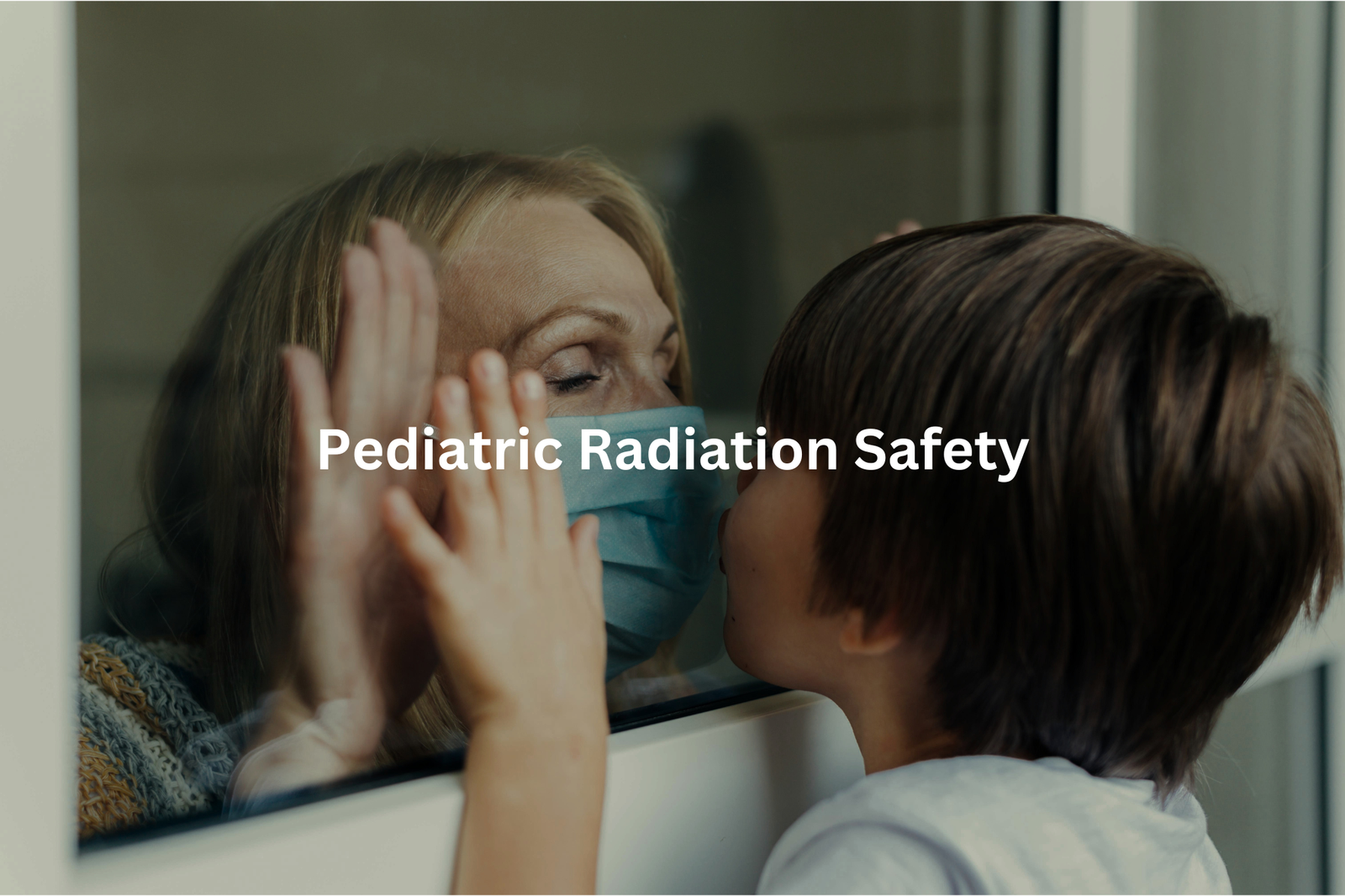
X-ray rooms in Australian hospitals maintain strict protocols for children’s imaging. The medical staff knows that young patients need different handling than adults do when it comes to radiation exposure.
Children’s bodies process radiation differently because their cells divide more quickly, and their organs sit closer together. This means radiation can affect more tissue at once. Medical professionals use specific techniques to protect young patients:
• Setting lower radiation doses
• Using protective shields
• Choosing alternative imaging when possible
CT scans deliver 1-10 millisieverts (mSv) of radiation, while a standard chest X-ray gives about 0.1 mSv. For comparison, Australians receive roughly 1.5 mSv yearly from natural background radiation.
Parents should discuss these points with healthcare providers:
- The necessity of the scan
- Use of paediatric dose settings
- Alternative imaging options like ultrasound
Medical imaging helps diagnose problems, but careful consideration of radiation exposure remains essential for young patients.
Radiation Exposure Myths
Radiation exists everywhere in daily life, from bananas to building materials. The average person receives about 3 millisieverts (mSv) yearly from natural sources, while a chest X-ray delivers just 0.1 mSv – roughly equal to three days of background radiation.
Common misconceptions about radiation need clearing up(4). The human body naturally repairs minor radiation damage, and medical imaging doses don’t accumulate. X-rays pass through the body without leaving traces, unlike nuclear accidents that deliver dangerous doses quickly.
Medical professionals use radiation carefully, especially for children who need extra protection. Before any scan, patients should ask these questions:
- Is the scan medically necessary?
- Could ultrasound or MRI work instead?
- What dose settings will be used?
- Are shields available for sensitive areas?
Medical radiation helps diagnose illnesses and save lives when used properly. Modern equipment and strict protocols ensure patient safety during imaging procedures.
Cumulative Exposure
Radiation exposure from medical scans adds up in the body over time. Each scan contributes to a person’s total lifetime dose, and the body doesn’t simply clear it away.
Different medical scans deliver different amounts of radiation (measured in millisieverts or mSv):
- Standard chest X-ray: 0.1 mSv
- Dental X-ray: 0.005 mSv
- CT scan of the chest: 7 mSv
- CT scan of the abdomen: 10 mSv
Medical professionals track these numbers because higher doses mean increased risks. While necessary scans shouldn’t be avoided, patients can take steps to manage their exposure:
Key questions for healthcare providers:
- Is the scan essential for diagnosis?
- Are there alternative imaging options?
- What’s the expected radiation dose?
Keeping personal records helps. Patients should note down:
- Date of each scan
- Type of imaging used
- Body area examined
- Reason for the scan
This information guides better decisions about future medical imaging needs.
FAQ
What are the SI units used to measure radiation exposure?
The standard international (SI) units used to measure radiation exposure are becquerel (Bq) for radioactivity, gray (Gy) for absorbed dose, and sievert (Sv) for equivalent dose and effective dose. These units help quantify the amount of radiation a person has been exposed to.
What are the effects of low-dose radiation exposure?
Low-dose radiation exposure, such as from medical imaging or natural background radiation, is generally considered safe. However, there is a small increased cancer risk, even at low levels. Effects may include minor changes to blood cells, but significant health problems are unlikely unless exposure is extremely high.
How do dose rates affect radiation exposure?
Dose rate refers to the amount of radiation received over time, like per hour or per day. Higher dose rates result in greater overall exposure, even if the total dose is the same. Knowing the dose rate helps determine the health risks and necessary precautions for radiation workers or the public.
Can radiation exposure cause hair loss?
Significant, acute radiation exposure can lead to temporary hair loss, known as epilation. This typically occurs after exposure to very high doses, like from nuclear accidents or medical radiation therapy. Hair usually regrows within a few months once the exposure stops. Minor hair thinning may occur with long-term, low-level exposures.
What are the long-term effects of radiation exposure?
Long-term radiation exposure can increase the risk of developing certain cancers, like leukaemia and solid tumours. It may also damage organs and tissues over time, leading to health issues like cataracts, cardiovascular disease, and fertility problems. The severity of effects depends on the radiation dose received.
How does the whole-body radiation dose affect health?
A high, whole-body radiation dose can cause acute radiation syndrome, with symptoms like nausea, fatigue, and lowered blood cell counts. Extremely high doses to the entire body can be fatal. Lower, chronic exposures may elevate cancer risk over a person’s lifetime, even years after the exposure occurred.
What types of radiation are gamma rays and how do they affect health?
Gamma rays are a type of high-energy electromagnetic radiation. They can penetrate deeply into the body and damage cells and tissues. Exposure to gamma rays increases the risk of radiation sickness and long-term health issues like cancer. Proper shielding is essential to protect against harmful gamma ray exposure.
Can low levels of radiation be safe?
Yes, low levels of background radiation, such as from cosmic rays or naturally occurring radioactive materials, are generally considered safe for human health. Exposure to these low radiation levels does not significantly increase cancer risk compared to other environmental factors. Proper safety measures ensure radiation doses remain within acceptable public health limits.
How do cosmic rays affect health in outer space?
Cosmic rays are high-energy particles from space that can penetrate spacecraft and the human body, potentially increasing cancer risk for astronauts. Shielding, monitoring, and limiting time in space help mitigate the health effects of cosmic ray exposure during space travel and exploration.
Where can I find government information on radiation exposure?
For reliable, up-to-date information on radiation exposure and public health, visit the websites of government agencies like the Australian Radiation Protection and Nuclear Safety Agency (ARPANSA), the International Atomic Energy Agency, and the World Health Organization. These sites provide guidelines, data, and educational resources on topics like radiation safety, emergency response, and health effects.
Conclusion
X-rays and CT scans send radiation through the body to create medical pictures. While these tests help doctors find health problems, patients need to know about radiation safety. The ALARA principle (As Low As Reasonably Achievable) guides medical staff to use the smallest amount of radiation needed.
Medical centres in Australia track each scan’s radiation dose, and patients should keep their own records too. People can ask their doctors about the risks and benefits before getting any imaging tests.
References
- https://www.arpansa.gov.au/understanding-radiation/what-is-radiation/ionising-radiation/x-ray
- https://www.safework.nsw.gov.au/hazards-a-z/ionising-and-non-ionising-radiation
- https://southeastradiology.com.au/patient-services/low-dose-ct/
- https://www.sensaweb.com.au/2023/03/16/myths-and-misconceptions-about-radiation-exposure/

